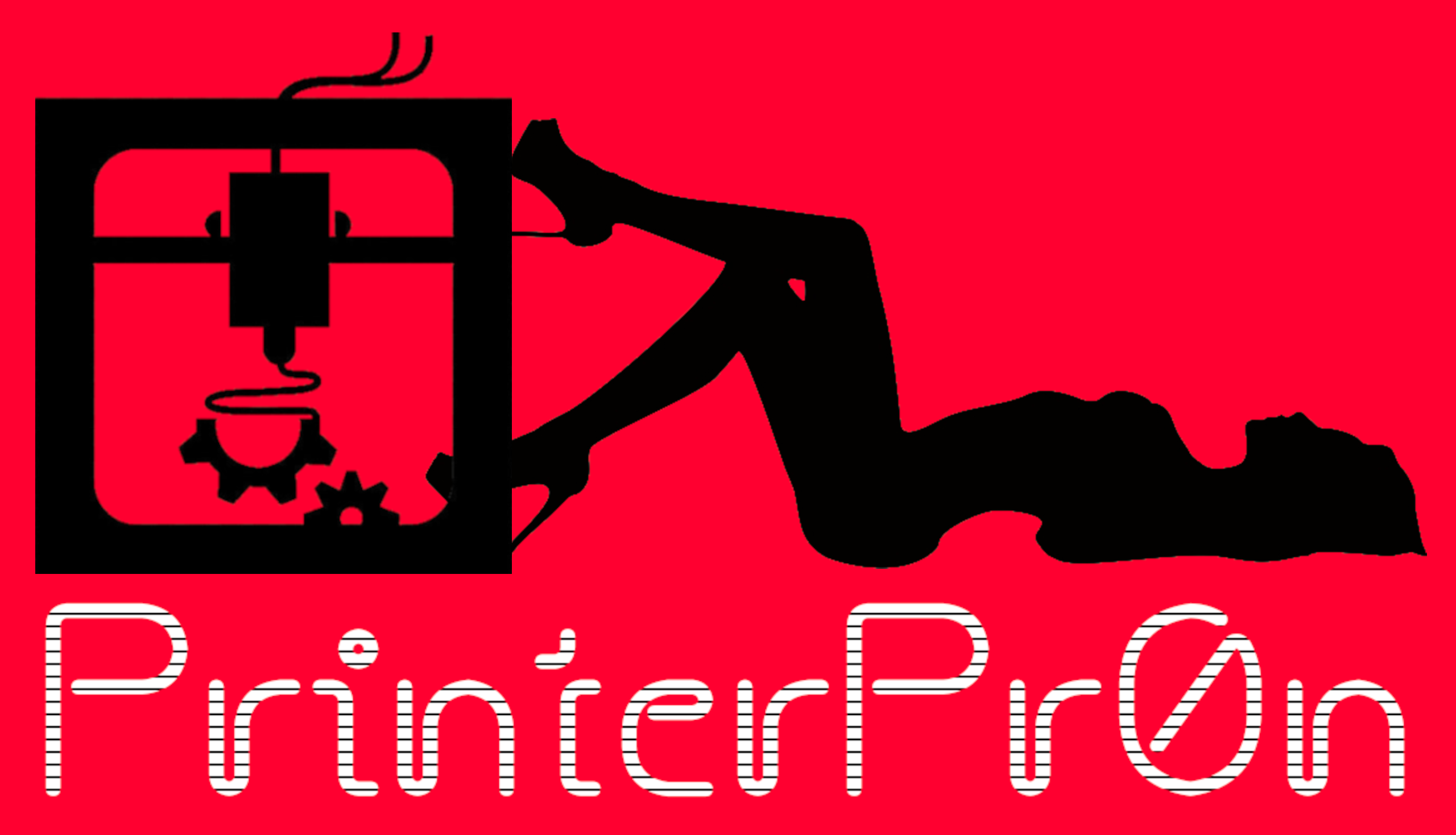Introduction
Stereolithography (SLA) 3D printing has gained immense popularity for its ability to create intricate and high-resolution 3D models. One crucial component of SLA printing is the resin used, which plays a significant role in determining the quality, durability, and appearance of the final printed object. In this article, we’ll delve into the various types of SLA 3D printing resins, each tailored for specific applications and preferences.
- Standard Resins
Standard SLA resins are versatile and commonly used for a wide range of applications. They offer a balance between resolution, strength, and cost-effectiveness, making them an excellent choice for beginners and general-purpose 3D printing. Standard resins are available in various colors, and they cure quickly, allowing for faster printing times. These resins are ideal for creating prototypes, figurines, and functional parts with moderate mechanical requirements.
- High-Resolution Resins
If your 3D printing project demands exceptional detail and precision, high-resolution resins are the way to go. These resins are formulated to produce incredibly fine layers, resulting in smooth and intricate surfaces. High-resolution resins are commonly used in jewelry design, dental applications, and the creation of miniatures for gaming and model making.
- Tough and Durable Resins
For applications requiring robust and impact-resistant parts, tough and durable resins are the answer. These resins exhibit excellent mechanical properties, including high tensile strength and resistance to wear and tear. They are widely used in engineering, product design, and the production of functional prototypes. Tough resins can withstand repeated use and are suitable for creating parts like mechanical gears, enclosures, and casings.
- Flexible Resins
Flexibility is a critical attribute for certain applications, such as making gaskets, seals, and ergonomic grips. Flexible resins have a rubbery texture and can bend and stretch without breaking. They are used in industries like automotive, electronics, and medical devices, where parts must conform to specific shapes or provide cushioning.
- Castable Resins
Jewelry makers and artists often require resins that can be cast into metal. Castable resins are designed for this purpose, as they can be burned out cleanly without leaving residue or ash. This type of resin is crucial for creating detailed molds and intricate jewelry designs, allowing for the precise reproduction of wax-like patterns.
- Dental Resins
Dental professionals have embraced SLA 3D printing for its accuracy and efficiency in producing dental implants, crowns, and bridges. Dental resins are biocompatible and meet stringent safety and quality standards for oral use. They are available in a variety of shades to match natural teeth and are a vital tool in modern dentistry.
- Specialty Resins
Beyond the standard categories, there are specialty resins that cater to specific needs. Some examples include heat-resistant resins for parts exposed to high temperatures, clear resins for optical applications, and bio-resins for biocompatible medical devices. These resins address niche requirements and showcase the adaptability of SLA 3D printing technology.
Conclusion
The world of SLA 3D printing resins is diverse and constantly evolving to meet the demands of various industries and applications. Whether you are an enthusiast, a professional, or a hobbyist, choosing the right resin is crucial for achieving the desired results. Understanding the different types of resins available empowers you to make informed decisions and unlock the full potential of SLA 3D printing in your projects. So, next time you embark on a 3D printing journey, consider the specific characteristics and capabilities of the resin that best suits your needs.
